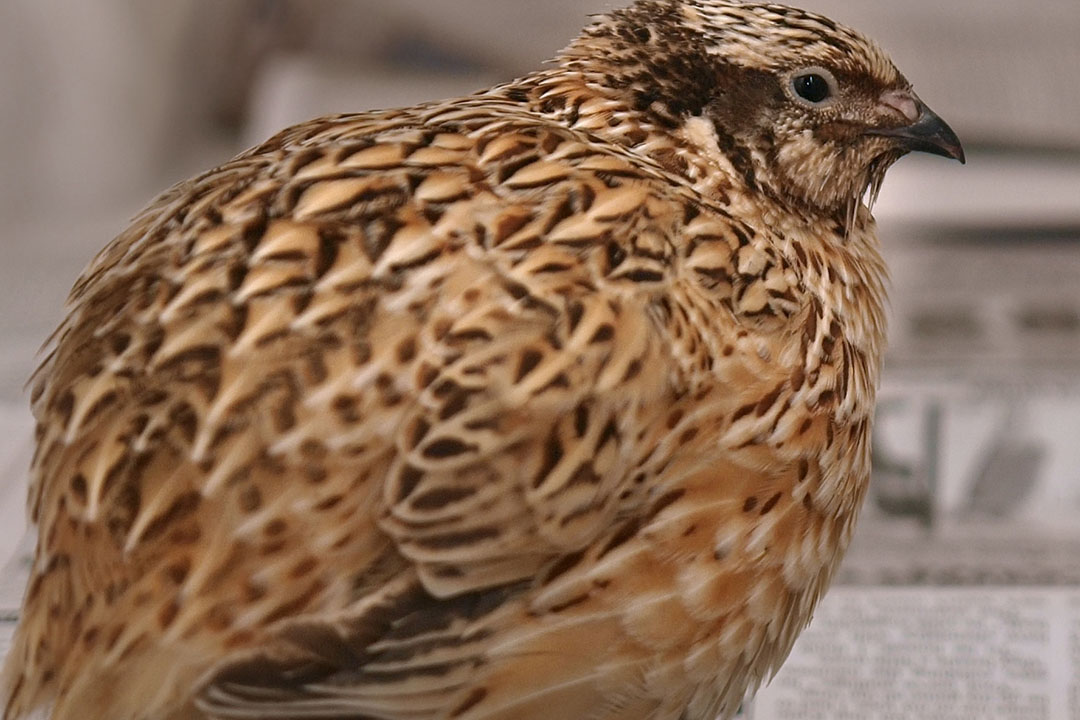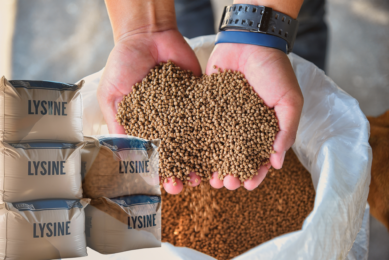Lysine requirements for Japanese quails determined

How do Japanese quails, bred for their meat and eggs, respond to lysine supplementation in their diet? A group of Brazilian researchers found out.
Quail production has assumed worldwide importance in the last decade because of the potential of these quails for egg production. Currently, large Brazilian farms house more than 100,000 quails in automated production systems that provide a regular supply of eggs with good quality to the market. On the other hand, researchers have often neglected studies on the nutritional requirements of quails. This lack of technical knowledge results in reducing nutrient utilisation, increasing production costs and decreasing potential revenues.
Lysine requirements – quails
Lysine (Lys) is often used as the reference amino acid and other amino acids are expressed in terms of the Lys (i.e., AA:Lys ratio). Naturally, models based on this concept will only function starting from an accurate estimate of Lys requirements. However, there have only been few studies on the response of quails to the amino acid intake, such as lysine. Researchers at the Department of Animal Science from the Universidade Estadual Paulista (UNESP) in Brazil therefore set up a study:
- To determine an optimal adaptation period for Lys requirement studies with quails
- To estimate the maintenance requirements for Lys
- To determine the efficiency of Lys utilisation
- To determine the requirements for egg output of quails.
The studies were conducted in a complete random design, with 7 concentrations of Lysine (Lys) (2.6 to 13.0 g/kg) and 7 replicates with 7 quails per cage. The 8th concentration was included to confirm that Lys was actually the first limiting amino acid in the dietary protein. The experiment began at 14 wk of age, quail with peak egg production, and finished after 10 wk of data collection. The variables analysed were feed intake (FI), Lys intake, body weight (BW), egg production (EP), egg weight (EW), weight gain, and egg output (EO, g/g).
Requirements set at 21 mg/g
The results showed that 3 week of adaptation and 4 week of data collection period were enough for the quail to adapt and stabilise their responses to experimental diets. The responses of quails to Lys intake were evaluated using broken line analysis, and Lys requirements for maintenance and EO were estimated using monomolecular function.
The responses of quails to Lys intake and, Lys requirements for maintenance and EO were estimated to be 156 mg/BWkg0.75 per day and 21 mg/g, respectively. With these outcomes, nutritionists are provided with procedures (determine an optimal adaptation period for amino acid studies with quails) and methods (utilisation of dilution technique to determine Lys maintenance requirements and utilisation efficiency) designed for quails as well as a simple and flexible model that can be quickly adopted by researchers. The researchers address that future studies should improve the coefficients (mg of Lys required for EO and BW) proposed in this research, especially to maintenance requirements.











